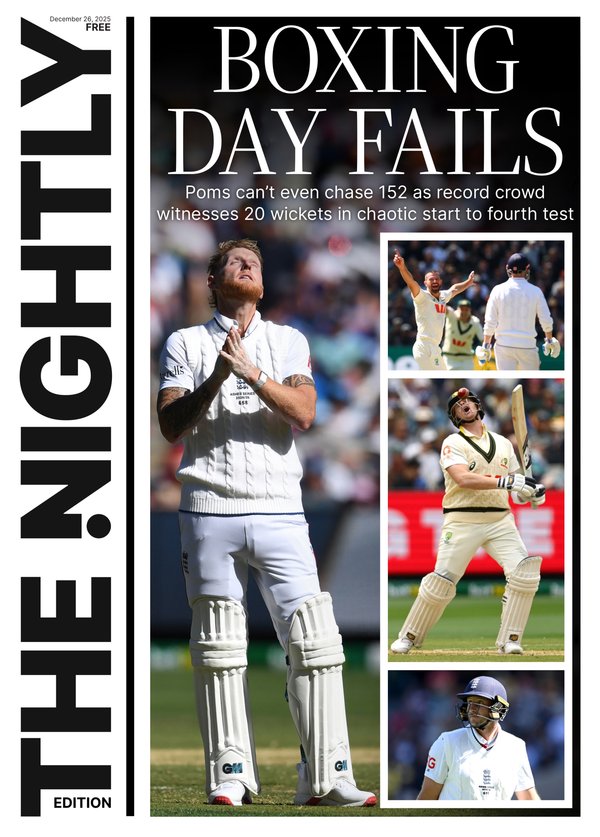Tawny Frogmouth crowned Australia’s 2025 Bird of the Year winner by Birdlife Australia
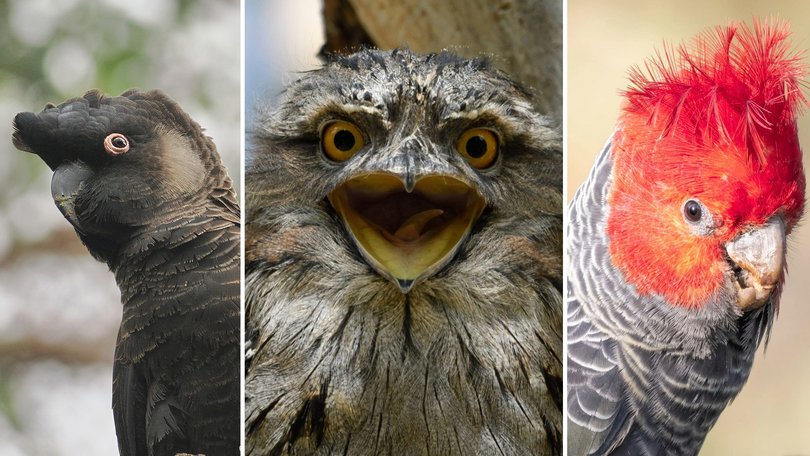
The race to crown Australia’s 2025 Bird of the Year has ended, with tens of thousands of voters weighing in on which feathered favourite most deserved the title.
This year’s contest showcased the diversity and fragility of Australia’s birdlife, as endangered species, social media favourites, and conservation icons went head-to-head for national recognition.
The contenders
Sign up to The Nightly's newsletters.
Get the first look at the digital newspaper, curated daily stories and breaking headlines delivered to your inbox.
By continuing you agree to our Terms and Privacy Policy.Birdlife Australia revealed that among the early frontrunners was the Southern Emu-wren, one of Australia’s tiniest and most elusive species. Weighing less than a 10-cent coin, it is best known for its delicate, wispy tail feathers that resemble miniature emu plumes.
Once widespread across southern Australia, the Kangaroo Island subspecies was decimated by the Black Summer bushfires, while another population on South Australia’s Eyre Peninsula faces the threat of habitat loss from a proposed rocket launch site.
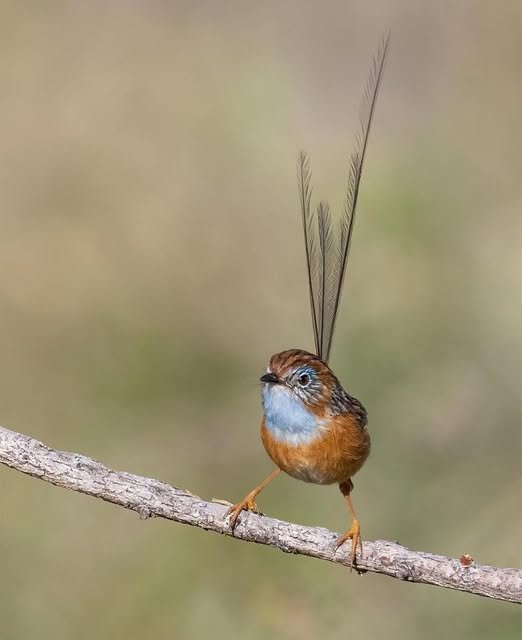
Another strong performer was Baudin’s Black-Cockatoo, a striking species native to south-western Australia.
Recognised for its long, slender bill, perfectly adapted to extract seeds from marri and jarrah trees, Baudin’s has endured decades of conflict with the agricultural industry.
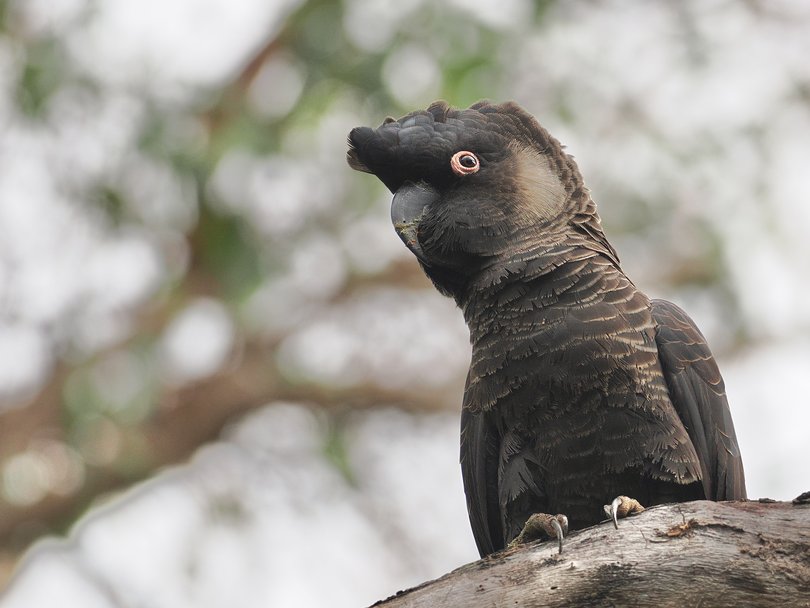
Once viewed as a pest, it now faces far greater dangers from illegal shooting, mining, and widespread land clearing.
The Gang-gang Cockatoo, long a crowd favourite, again rallied public affection.
The male’s fiery red crest and the species’ distinctive creaky, hinge-like call make it one of the most recognisable birds in the country. Formerly common across south-eastern forests, the Gang-gang was officially listed as Endangered in 2022 after the Black Summer fires destroyed nearly a third of its habitat.
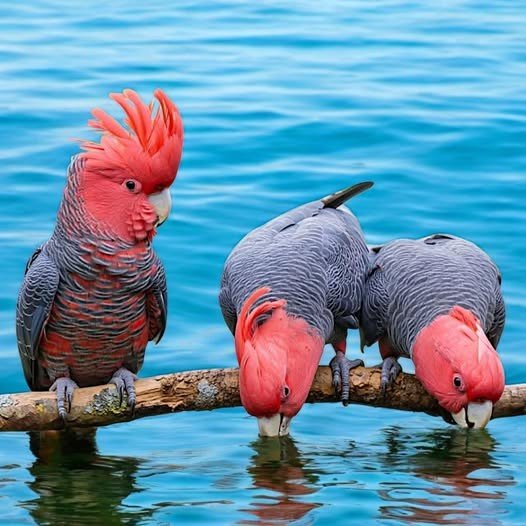
The winner...
The Tawny Frogmouth!
After three years of finishing runner-up, Birdlife Australia has finally named the unmistakable Tawny Frogmouth as Australia’s 2025 Bird of the Year with over 11,851 votes.
The victory cements the species’ status as a national favourite.
With its downturned beak, wide yellow eyes and uncanny resemblance to a log, the Tawny Frogmouth has become both an emblem of Australian wildlife and an internet sensation, dubbed by many as “the world’s most Instagrammable bird.”
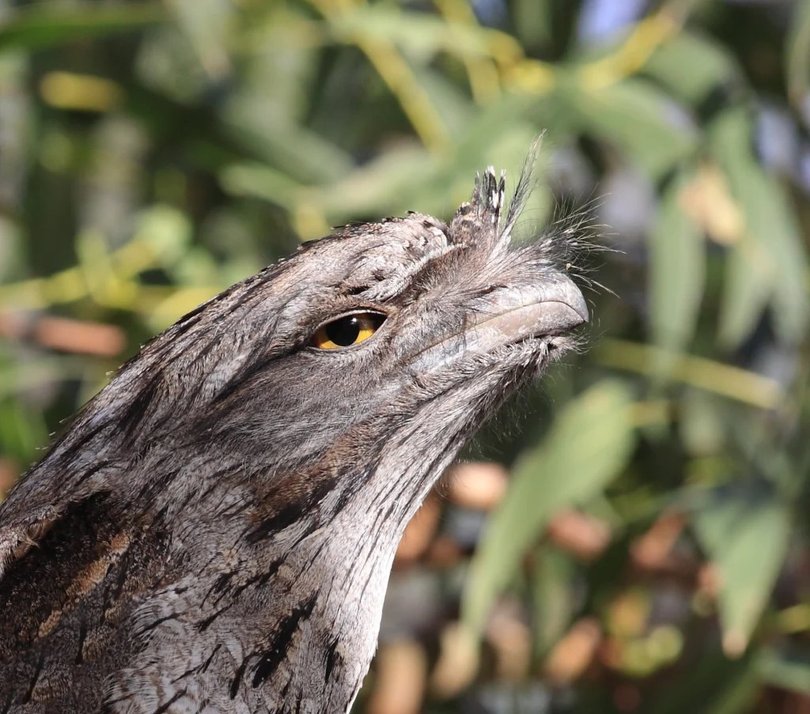
Equal parts strange and endearing, the Tawny Frogmouth’s charm lies in its contradictions. It is often mistaken for an owl, yet it is more closely related to nightjars and even hummingbirds.
Found across much of Australia, it thrives in both bushland and suburban gardens, feeding on insects, frogs, reptiles and small mammals.
By day, it relies on remarkable camouflage, standing motionless on tree branches, stretching upward and closing its eyes to mimic a broken limb. Its silvery-grey plumage blends so seamlessly with bark that even experienced birdwatchers can walk right past one without noticing.
Although still relatively common, the Tawny Frogmouth faces increasing dangers from habitat loss and secondary poisoning caused by rodenticide chemicals that accumulate in prey species and affect nocturnal hunters across Australia.
Conservationists warn that despite its ubiquity, the species’ future depends on curbing the use of these poisons and protecting nesting habitats from urban encroachment.
After years of near misses, the log-like bird with the startled stare has finally taken flight.
